News
Musk and Straubel talk about the Model 3 ramp and solar power
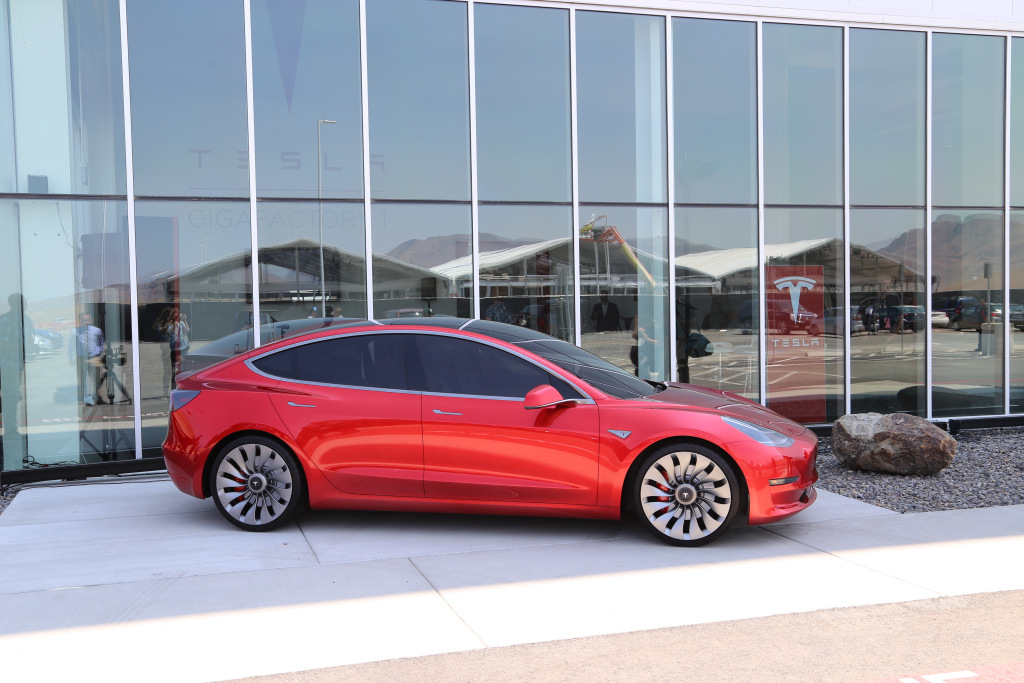
At the press conference held in the lobby of the Gigafactory on Wednesday evening, Elon Musk and JB Straubel told the press a great deal about the upcoming Model 3 and the company’s new focus on solar power.
On The Model 3
Musk: “I believe we are on track to meet the half million by 2018. The hardest thing to predict is really the ramp. The ramp looks like an S curve and grows exponentially. Initially the ramp looks really tiny and as you eliminate bottle necks you climb the ramp and you level off. Its always difficult for us to forecast the exact shape of the S curve for the production ramp.
“It’s much easier for us to forecast when things are going to be steady state. So we’ve been pretty good about forecasting 2018, whereas 2017 is much more in the air because we’ll be working through a complex production ramp.”
Straubel: “One of the points is the schedule and ramp up plan for the Gigafactory. With the pull up of the Model 3, and the volume goal to meet a half million cars by 2018, we also have had to pull up the Gigafactory schedule to supply the cells and battery packs for the Model 3.
“What that means is for the earlier schedule for the Gigafactory, we’ve had to pull that ahead by two years. By 2018 we have to be at 35 gigawatt hours of production to support those Model 3s. You can see the evidence of that around the factory. And Panasonic has done their part to absolutely stay in sync with that as we’ve accelerated the schedule for Model 3.”
On The Size Of The Gigafactory
Musk: “What you’re seeing is only 14% of the size of the factory overall. It’s quite huge. One of the things we discovered as we got more into the Gigafactory design and optimizing what it could do, we thought we could probably achieve about three times the output that was originally planned.
“So we originally expected to make about 35 gigawatt hours at the cell level and about 50 gigawatt hours at the module or pack level. Now we are expecting to do about 150 gigawatt hours in the same volumetric space as the original design. We can expect to see 10,000 [workers], compared to the 5,000 or 6,000 previous estimate. Maybe in three to four years.
“Things are on track to be able to meet the Model 3 plan next year. We’re really excited about what’s happening here.”
Powerwall and Powerpack business
Musk: “Stationary storage will be as big as the car business long term. The growth rate will probably be several times what it is for the car business. We roughly assume that it’ll be probably a third of our output. But the growth rate is faster, so then grow to probably match what it is for cars.
Solar Power And The Utility Grids
A battle is being waged between alternative power solutions and traditional utility companies. SolarCity has recently shut down operations in Nevada, putting 500 people out of work because policies instituted by the Nevada PUC the company feels are unfavorable to rooftop solar. At the press conference Wednesday, Musk made several remarks about the solar power industry and traditional power generation. He was careful to acknowledge alternative energy can cause strains for traditional utilities and grid operators.
Musk: “Solar power production actually helps the grid to a certain point. Only past a certain point does it create issues with the grid. A utility can handle up to 20% of production from solar and that helps the grid because it produces electricity when needed. Solar power peaks in the middle of the day and that’s also when air conditioning is running and businesses are operating, so power production matches usage.
“But once you exceed the 20% level, then it does become more difficult for utilities to power balance the grid. So I think it makes sense for net metering to be there up through the point where it helps the cost structure of the grid. That’s the logical thing. The utilities in some cases have tried to obfuscate that its actually helpful, and have tried to lower that number of 20% to like 3%.
Tesla And Grid Services
Musk: “I think we’ll get into grid services eventually. The goal of Tesla is to accelerate sustainable energy, so we’re going to take a step back and think about what’s most likely to achieve that goal.
Autopilot
Sandwiched into the discussion was a question about whether Musk has any regrets about how Tesla introduced its Autopilot system, especially after Consumer Reports issued a call for the company to disable the Autosteer function recently.
Musk: “No, I think we did the right thing. I think we improved people’s safety, not just in fatalities but also injuries. We can see how it actually reduces impact velocity. It can reduce impact from 76 miles per hour to 46 miles an hour. That’s massive.
“We polled Tesla owners, do you want autopilot disabled or not. Not one person wanted it disabled. That’s pretty telling.”
Source and photo credit: Fortune
News
Waymo temporarily halts service in select San Francisco and LA areas amid protests
The suspensions came after several Waymo Jaguar I-Pace robotaxis were vandalized and set ablaze during the demonstrations.

Waymo, Alphabet’s autonomous vehicle subsidiary, has suspended its driverless taxi operations in parts of Los Angeles and San Francisco amid violent protests linked to U.S. Immigration and Customs Enforcement (ICE) raids in the state.
The suspensions came after several Waymo Jaguar I-Pace robotaxis were vandalized and set ablaze during the demonstrations.
Waymo Catches Strays Amid Anti-ICE Protests
Protests erupted in Los Angeles and San Francisco in response to the Trump administration’s immigration raids, which ultimately resulted in California Governor Gavin Newsom calling the White House’s deployment of National Guard troops unconstitutional.
Amidst the protests, images and videos emerged showing several Waymo robotaxis being defaced and destroyed. At least five Waymo robotaxis ended up being caught in the crossfire, and at least one vehicle ended up being burned to the ground.
The incident resulted in the Los Angeles Police Department advising people to avoid downtown areas due to toxic fumes from the robotaxis’ burning lithium-ion batteries. As noted in a KRON4 report, Waymo ultimately halted service in affected areas “out of an abundance of caution.”
Robotaxi Sentiments
The cost of the attacks is notable. Each Waymo robotaxi is valued between $150,000 and $200,000, per a 2024 Wall Street Journal report. Interestingly enough, this is not the first time that Waymo’s robotaxis ended up on the receiving end of angry protesters. On February 24, a Jaguar I-PACE robotaxi was set ablaze and vandalized by a crowd in San Francisco. Videos taken at the time showed a mob of people attacking the vehicle.
Despite the recent attacks on its robotaxis, Waymo has stated it has “no reason to believe” its vehicles were specifically targeted during the protests, as per a report from The Washington Post. A company spokesperson also noted that some of the Waymo robotaxis that were defaced and destroyed during the violent demonstrations had been completing drop-offs near the protest zones.
Investor's Corner
xAI targets $5 billion debt offering to fuel company goals
Elon Musk’s xAI is targeting a $5B debt raise, led by Morgan Stanley, to scale its artificial intelligence efforts.

xAI’s $5 billion debt offering, marketed by Morgan Stanley, underscores Elon Musk’s ambitious plans to expand the artificial intelligence venture. The xAI package comprises bonds and two loans, highlighting the company’s strategic push to fuel its artificial intelligence development.
Last week, Morgan Stanley began pitching a floating-rate term loan B at 97 cents on the dollar with a variable interest rate of 700 basis points over the SOFR benchmark, one source said. A second option offers a fixed-rate loan and bonds at 12%, with terms contingent on investor appetite. This “best efforts” transaction, where the debt size hinges on demand, reflects cautious lending in an uncertain economic climate.
According to Reuters sources, Morgan Stanley will not guarantee the issue volume or commit its own capital in the xAI deal, marking a shift from past commitments. The change in approach stems from lessons learned during Musk’s 2022 X acquisition when Morgan Stanley and six other banks held $13 billion in debt for over two years.
Morgan Stanley and the six other banks backing Musk’s X acquisition could only dispose of that debt earlier this year. They capitalized on X’s improved operating performance over the previous two quarters as traffic on the platform increased engagement around the U.S. presidential elections. This time, Morgan Stanley’s prudent strategy mitigates similar risks.
Beyond debt, xAI is in talks to raise $20 billion in equity, potentially valuing the company between $120 billion and $200 billion, sources said. In April, Musk hinted at a significant valuation adjustment for xAI, stating he was looking to put a “proper value” on xAI during an investor call.
As xAI pursues this $5 billion debt offering, its financial strategy positions it to lead the AI revolution, blending innovation with market opportunity.
News
SpaceX to debut new Dragon capsule in Axiom Space launch
Ax-4’s launch marks the debut of SpaceX’s latest Crew Dragon and pushes Axiom closer to building its own space station.
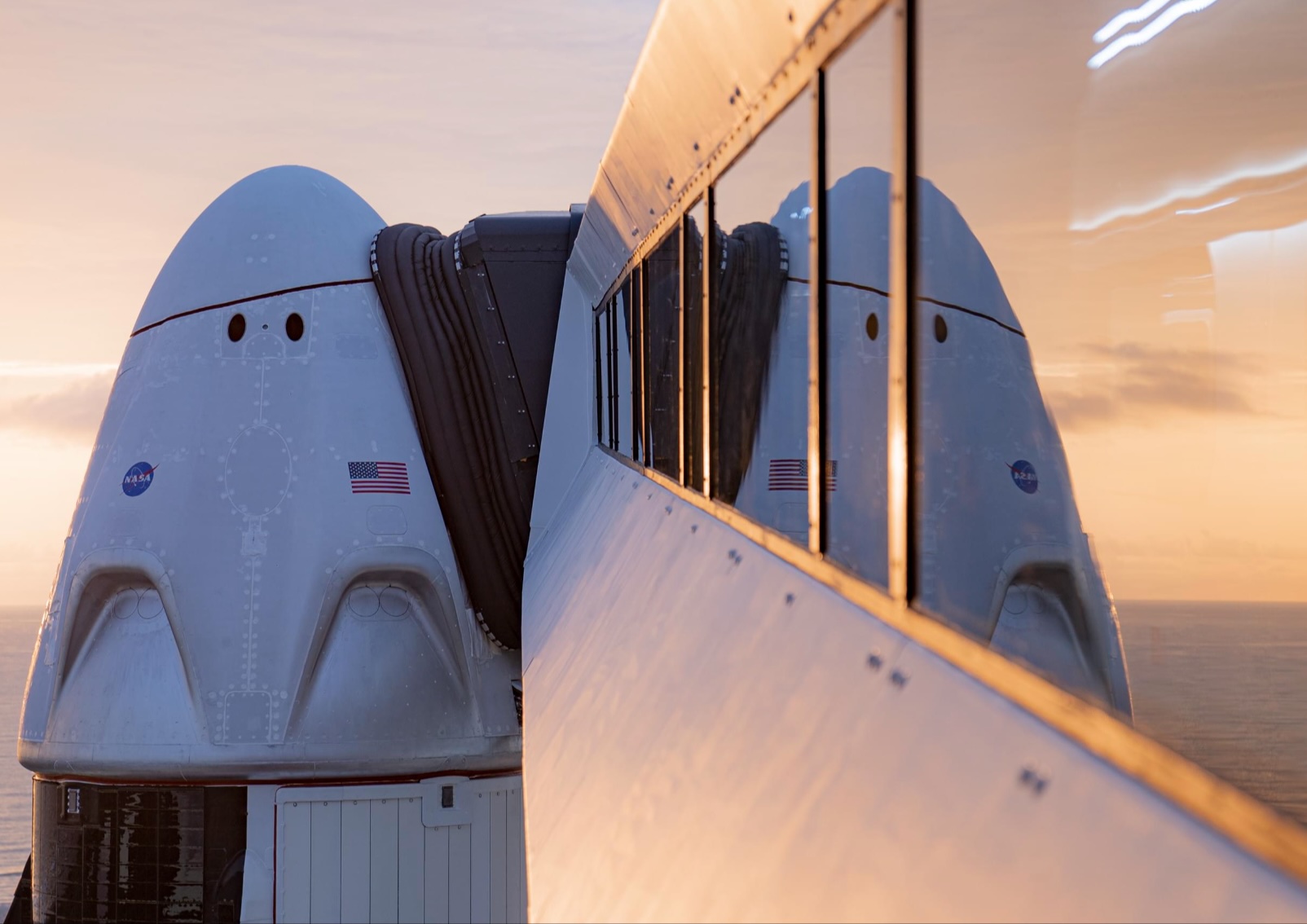
Axiom Space’s Ax-4 mission targets the International Space Station (ISS) with a new SpaceX Crew Dragon capsule.
The Axiom team will launch a new SpaceX Dragon capsule atop a Falcon 9 rocket from NASA’s Kennedy Space Center in Florida on Wednesday at 8:00 a.m. EDT (1200 GMT). The Ax-4 mission launch was initially set for Tuesday, June 10, but was delayed by one day due to expected high winds.
As Axiom Space’s fourth crewed mission to the ISS, Ax-4 marks the debut of an updated SpaceX Crew Dragon capsule. “This is the first flight for this Dragon capsule, and it’s carrying an international crew—a perfect debut. We’ve upgraded storage, propulsion components, and the seat lash design for improved reliability and reuse,” said William Gerstenmaier, SpaceX’s vice president of build and flight reliability.
Axiom Space is a Houston-based private space infrastructure company. It has been launching private astronauts to the ISS for research and training since 2022, building expertise for its future station. With NASA planning to decommission the ISS by 2030, Axiom has laid the groundwork for the Axiom Station, the world’s first commercial space station. The company has already begun construction on its ISS replacement.
The Ax-4 mission’s research, spanning biological, life, and material sciences and Earth observation, will support this ambitious goal. Contributions from 31 countries underscore the mission’s global scope. The four-person crew will launch from Launch Complex 39A, embarking on a 14-day mission to conduct approximately 60 scientific studies.
“The AX-4 crew represents the very best of international collaboration, dedication, and human potential. Over the past 10 months, these astronauts have trained with focus and determination, each of them exceeding the required thresholds to ensure mission safety, scientific rigor, and operational excellence,” said Allen Flynt, Axiom Space’s chief of mission services.
The Ax-4 mission highlights Axiom’s commitment to advancing commercial space exploration. By leveraging SpaceX’s Dragon capsule and conducting diverse scientific experiments, Axiom is paving the way for its Axiom Station. This mission not only strengthens international collaborations but also positions Axiom as a leader in the evolving landscape of private space infrastructure.
-
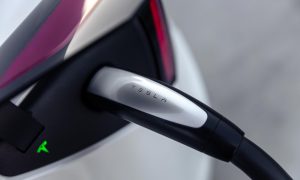
 News1 week ago
News1 week agoTesla to lose 64 Superchargers on New Jersey Turnpike in controversial decision
-
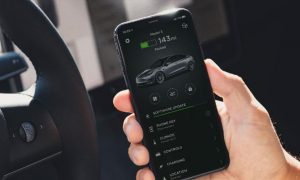
 News2 weeks ago
News2 weeks agoTesla gets major upgrade that Apple users will absolutely love
-
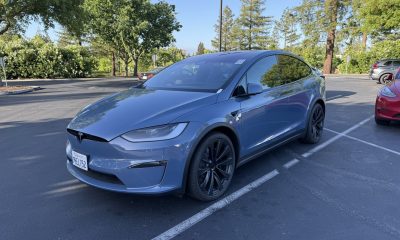
 News2 weeks ago
News2 weeks agoTesla teases new color while testing refreshed Model S, X
-
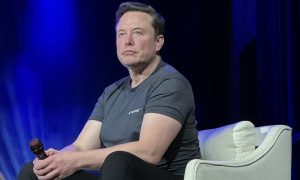
 Elon Musk2 weeks ago
Elon Musk2 weeks agoTesla investors demand 40-hour workweek from Elon Musk
-
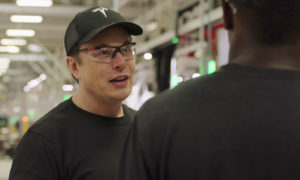
 Elon Musk7 days ago
Elon Musk7 days agoElon Musk explains Tesla’s domestic battery strategy
-
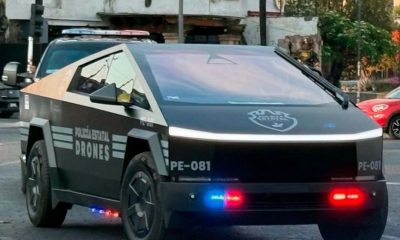
 News2 weeks ago
News2 weeks agoTesla Cybertrucks join Jalisco’s police fleet ahead of FIFA World Cup
-

 News2 weeks ago
News2 weeks agoTesla rolls out new crucial safety feature aimed at saving children
-
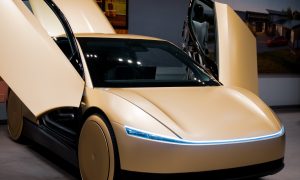
 Elon Musk2 weeks ago
Elon Musk2 weeks agoTesla lands on date for Robotaxi launch in Austin: report









